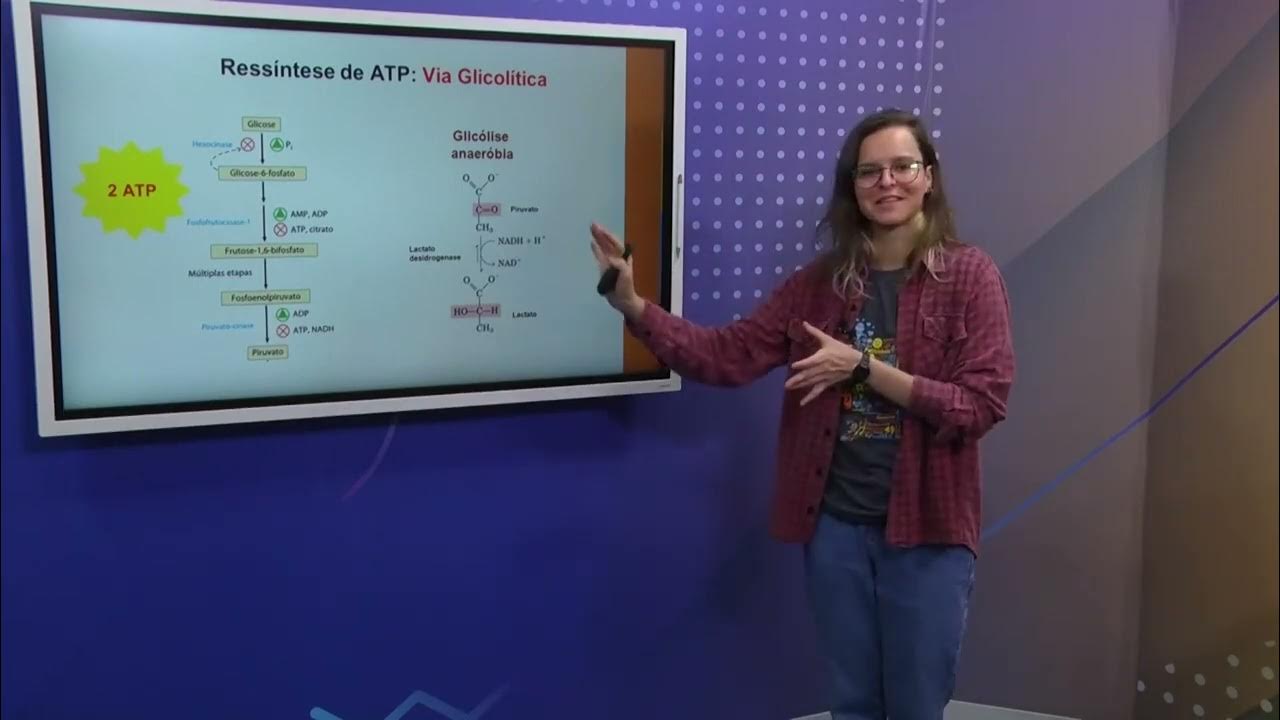Chapter 1 Mechanical principles (force and tension) | Kinesiology | Physio Class
Summary
TLDRThis video explores the foundational principles of exercise physiology, particularly focusing on the mechanics of body movement and its implications for health. Beginning with an introduction to the channel's theme, it delves into the significance of understanding body mechanics to gain insights into the health state of body organs and systems. The episode covers topics like uniform motion, force application, body posture analysis, and the interaction of multiple forces. It aims to educate viewers on how body posture and mechanics influence overall health, using examples and theoretical explanations. The discussion extends to muscle contractions and their role in supporting body parts, highlighting the importance of muscular tension in physical activities. The video encourages viewers to engage with the content through quizzes and subscribe for more insightful discussions on related topics.
Takeaways
- 😀 The channel discusses mechanics of body movements and health of body systems
- 😊 Uniform motion in a straight line is defined as change in body's position when a force is applied
- 🧐 A single force applied to a body causes movement in the direction of force
- 🔎 When two forces act on a common point, the resulting magnitude equals the vector sum
- 🤔 Opposite and equal forces balance each other and the body experiences no acceleration
- 😯 Tension is muscular contraction that supports and balances parts of the body
- 👀 Ligaments gather forces to provide joint stability and range of motion
- 🎓 Tendons transmit forces from muscles to bones to produce movements
- 🤩 Interior and posterior muscles work together to produce compound movements
- 💡 Muscular contractions produce tension that helps body parts work together
Q & A
What is the definition of uniform motion in a straight line?
-When a force is applied to a body and it changes its position, moving in a straight line. The change in position is called uniform motion in a straight line.
What happens when a single force is applied to a body?
-The body will move in the direction of the applied force.
How do you calculate the magnitude of two forces acting on a common point but in opposite directions?
-Take the vector sum of the two forces. As they act on a common point in opposite directions, they will balance each other out.
What helps support different body parts and maintain balance?
-Tension or muscular contractions provide an attentional force to support different body parts and maintain balance.
What creates tension in the muscles?
-Contraction force of the muscles creates tension.
What is meant by tension retention?
-The ability of the muscles to retain the tension or contraction.
How is tension quantified?
-Tension is quantified by the maximum weight a person can lift in a particular body position.
What happens during muscle contraction?
-Muscles contract to produce tension and retention forces.
What is an agonist muscle?
-An agonist muscle is the one that generates or controls a specific movement.
What is an antagonist muscle?
-An antagonist muscle acts in opposition to the movement generated by the agonist muscle.
Outlines

このセクションは有料ユーザー限定です。 アクセスするには、アップグレードをお願いします。
今すぐアップグレードMindmap

このセクションは有料ユーザー限定です。 アクセスするには、アップグレードをお願いします。
今すぐアップグレードKeywords

このセクションは有料ユーザー限定です。 アクセスするには、アップグレードをお願いします。
今すぐアップグレードHighlights

このセクションは有料ユーザー限定です。 アクセスするには、アップグレードをお願いします。
今すぐアップグレードTranscripts

このセクションは有料ユーザー限定です。 アクセスするには、アップグレードをお願いします。
今すぐアップグレード関連動画をさらに表示

EGRAD BEDU 202352 PROJETO DE ENSINO ASPECTOS FISIOLOGICOS DO EXERCICIO FISICO PARTE 1

Physiology & Injuries in Sport Unit 7 Oneshot Physical Education Class 12 CBSE Boards 2024-25

Fundamentals of work Physiology

Introdução à Fisiologia do Esforço

ernie camera principal

Walking Gait Analysis, In Sagital, Frontal and Transverse plane ||Gait Biomechanics
5.0 / 5 (0 votes)
